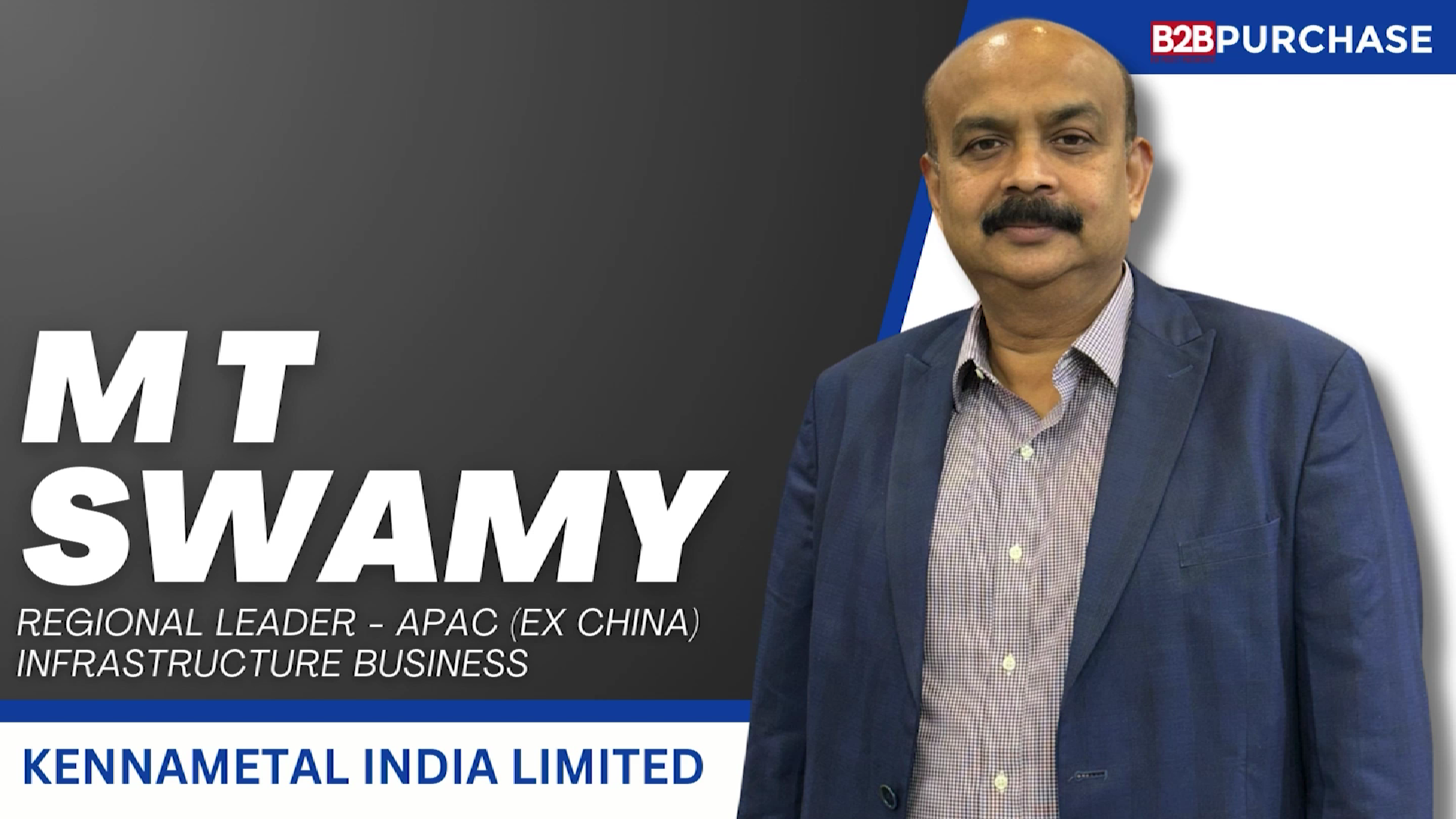Making condition survey of concrete
By Edit Team | June 3, 2015 12:02 pm SHARE

The article highlights evaluation of half-cell potentials and rebar corrosion rates in condition surveys of concrete
Corrosion of reinforcing steel especially rebar and other embedded metals is the leading cause of deterioration in concrete. When steel corrodes, the resulting rust occupies a greater volume than the steel. This expansion creates tensile stresses in the concrete, which can eventually cause cracking, delamination, and spalling. Commonly corrosion in rebar occurs due to an electrolyte and a metallic connection. In reinforced concrete, the rebar may have many separate areas at different energy levels. Concrete acts as the electrolyte, and the metallic connection is provided by wire ties, chair supports, or the rebar itself. Corrosion is an electrochemical process involving the flow of charges (electrons and ions). At active sites on the bar, called anodes, iron atoms lose electrons and move into the surrounding concrete as ferrous ions. This process is called a half-cell oxidation reaction, or the anodic reaction.
Rebar corrosion occurs when chloride ions migrate to concrete material like steel bars. It is a type of corrosion that occurs in most sea links, flyovers, and highway bridges. These structures are usually constructed with rebar that is reinforced by steel throughout the support structures. DV-05 Rebar Corrosion Voltmeter Kit has been designed in line with ASTM C876 specification.To evaluate corrosion potentials of uncoated reinforcing steel in concrete, ASTM C876 describes the complete test method and easy technique. This test method is suitable for in-service evaluation and for use in research and development work.
This test method is applicable to members regardless of their size or the depth of concrete cover over the reinforcing steel. Concrete cover in excess of 3 inches (75 mm) can result in an averaging of adjacent reinforcement corrosion potentials that can result in a loss of the ability to discriminate variation in relative corrosion activity. This test method can be used at any time during the life of a concrete member. The results obtained by the use of this test method shall not be considered as a means for estimating the structural properties of the steel or of the reinforced concrete member. Rebar corrosion voltmeter kit shown below is very simple to use.
The complete kit consists of half-cell reference electrode, half-cell voltmeter, damping sponge, and cable reel in a carrying case. The potential measurements should be interpreted by engineers or technical specialists experienced in the fields of concrete materials and corrosion testing. It is often necessary to use other data such as chloride contents, depth of carbonation, delamination survey findings, rate of corrosion results, and environmental exposure conditions, in addition to corrosion potential measurements, to formulate conclusions concerning corrosion activity of embedded steel and its probable effect on the service life of a structure.
This test method covers the estimation of the electrical corrosion potential of uncoated reinforcing steel in field and laboratory concrete, for the purpose of determining the corrosion activity of the reinforcing steel. This test method is limited by electrical circuitry. Concrete surface in building interiors and desert environments lose sufficient moisture so that the concrete resistivity becomes so high that special testing techniques not covered in this test method may be required. Concrete surfaces that are coated or treated with sealers may not provide an acceptable electrical circuit. The basic configuration of the electrical circuit is shown as above.
The reference half-cell is copper in a copper sulphate solution. By taking half-cell potential measurements a fixed distance apart a grid of half-cell potentials can be quickly made and thus areas delineated with a high probability of corrosion of the reinforcing steel. To analyse the results, the measurements made with half-cell voltmeter can be plotted on a grid and lines of equipotential contours drawn, highlighting areas of possible corrosion activity.
For example the following guide is listed in ASTM C876 (half cell potentials of uncoated reinforcing steel in concrete) using a copper/copper sulphate half cell:• For potentials of 350 mV and greater there is a 95 per cent chance of active steel corrosion• For potentials 200 to 350 mV there is a 50 per cent chance of active steel corrosion• For potentials less than 200 mV there is only 5 per cent chance of active steel corrosion.
ConclusionEvaluation of uncoated rebar and structures with half-cell potential survey using half-cell voltmeter is important. It is used to locate and reasonably quantify areas of active rebar corrosion and corrosion-induced damage in concrete and plotting the recorded half-cell potentials in contour maps. It is highly useful technique for inspections and maintenance management by field measurement of corrosion potentials of uncoated reinforcing steel in concrete.
Contact:Caltech Engineering ServicesD-104, Twin Arcade, Military Road, Marol, Andheri East, Mumbai 400059Tele: +91-22 29204050 / 29201454Fax: +91-22-29250932 Email: info@caltechindia.comwww.caltechindia.com
Cookie Consent
We use cookies to personalize your experience. By continuing to visit this website you agree to our Terms & Conditions, Privacy Policy and Cookie Policy.










































































